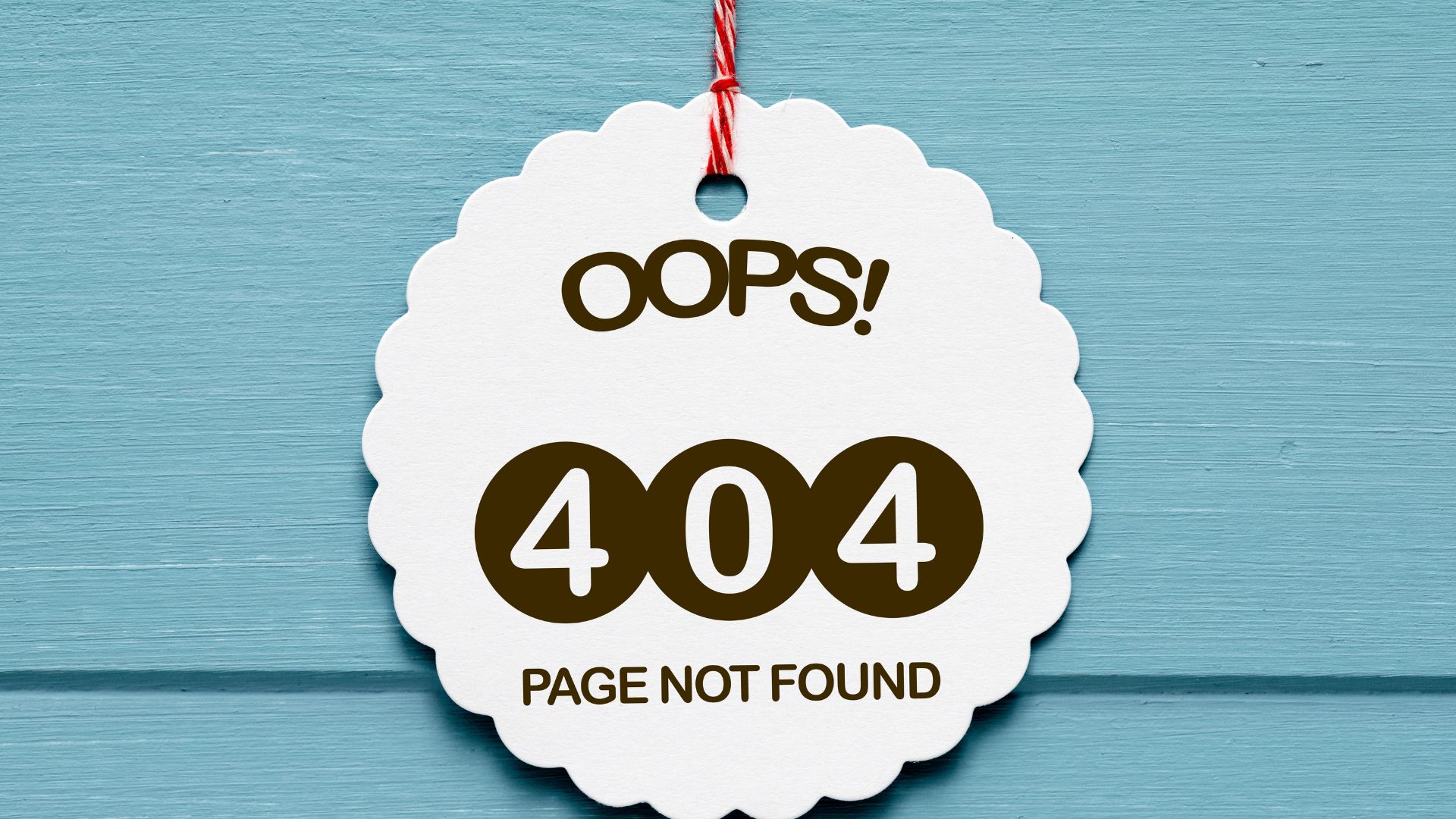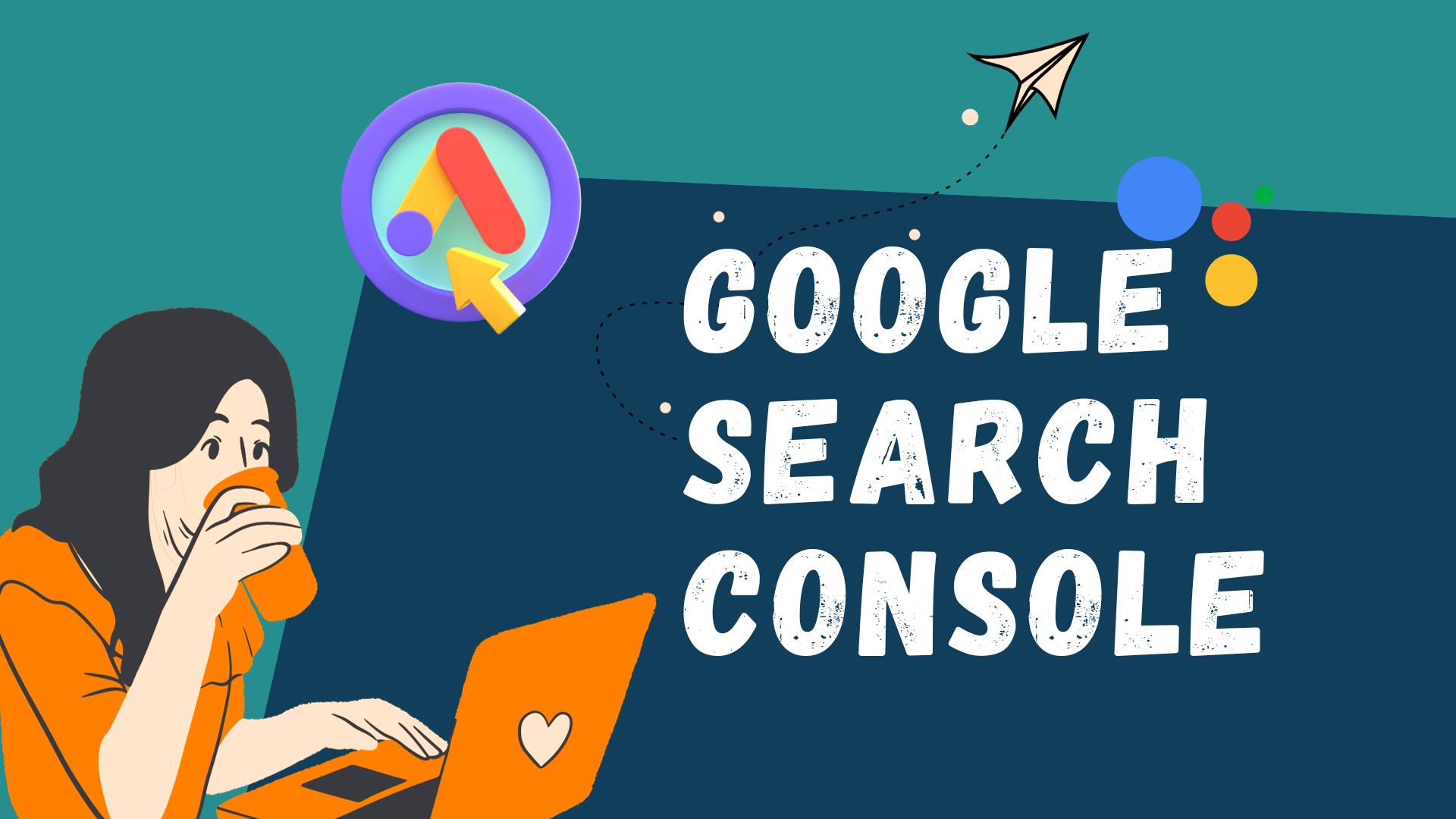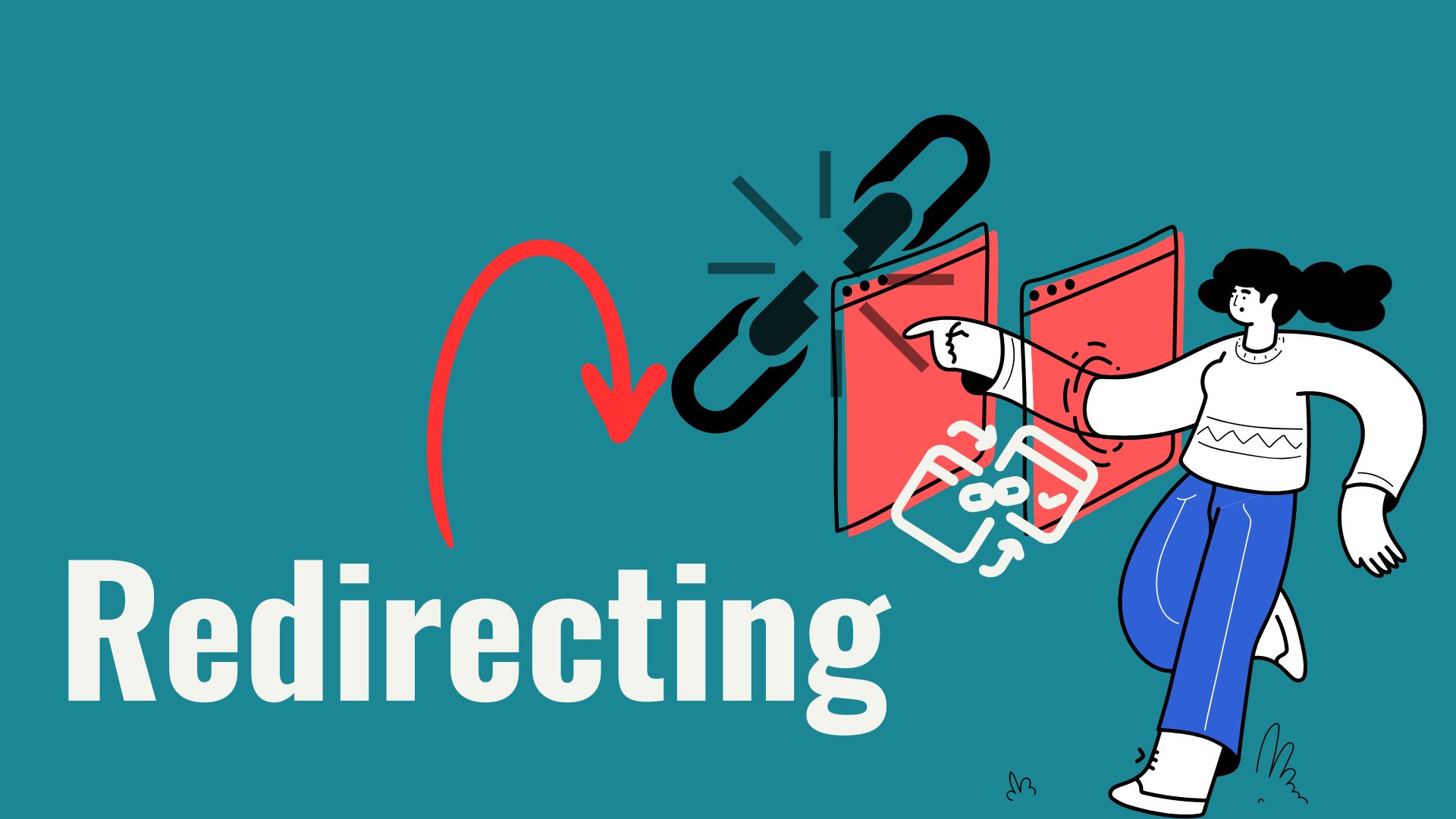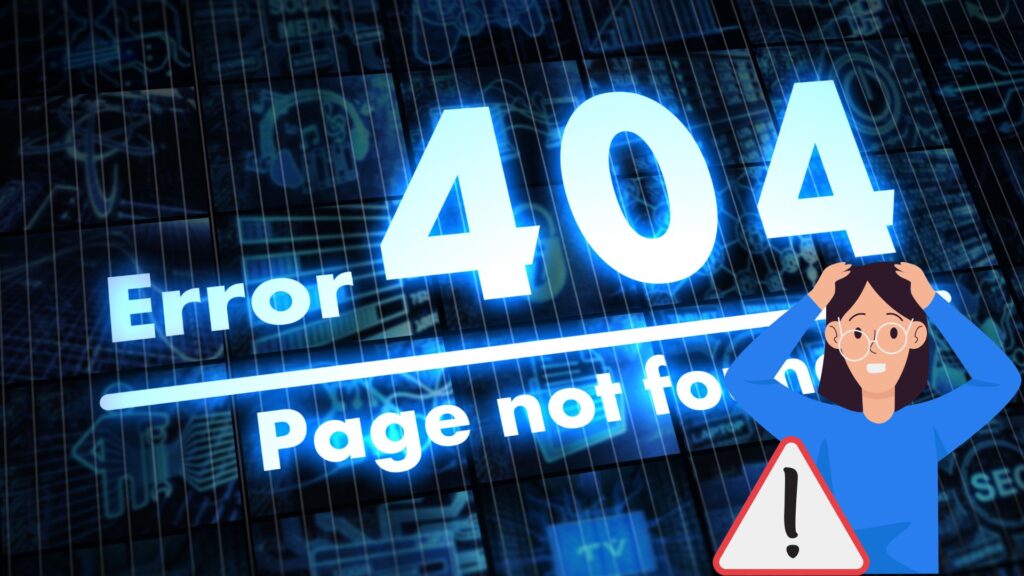When it comes to maintaining a WordPress website, one of the critical aspects that demands immediate attention is addressing broken links and 404 errors. These issues can significantly impact user experience, SEO performance, and the overall credibility of your website. Here’s a comprehensive guide on identifying, managing, and resolving these issues effectively.
Understanding Broken Links and 404 Errors
Broken Links: A Detrimental Disruption
Broken links pose a significant challenge in the realm of web management, disrupting the seamless flow of user navigation and undermining the credibility of a website. These links, also known as dead links or link rot, direct users to non-existent or inaccessible web pages, impeding their browsing experience and potentially leading to frustration.
When visitors encounter broken links, it hampers their ability to access desired information, resulting in a negative user experience. Moreover, from an SEO perspective, these broken links hinder search engine crawlers, affecting the website’s ranking and visibility.
Identifying and addressing broken links promptly is crucial to maintaining a functional and user-friendly website. Regular audits and proactive measures to rectify broken links not only improve user satisfaction but also uphold the website’s integrity and reliability.
404 Errors: The User’s Dead-End
404 errors serve as frustrating roadblocks for website visitors, signaling the absence or unavailability of a requested webpage. When users encounter a 404 error, it means that the server couldn’t locate the specific page they were seeking
 .
.
This error disrupts the user’s browsing journey, leading to a dead-end experience. It hampers user engagement, potentially causing visitors to leave the site, thus increasing bounce rates. From an SEO standpoint, frequent 404 errors can negatively impact a website’s search engine rankings.
Addressing and resolving 404 errors promptly is vital for maintaining a seamless user experience and preserving the website’s credibility. Implementing strategies such as custom 404 error pages or redirects helps guide users back on track and minimizes the negative impact of these errors on both user experience and SEO performance.
Identifying Broken Links and 404 Errors
Conducting Routine Website Audits
Regular website audits are essential for maintaining the health and performance of your online platform. These audits involve thorough examinations of your website’s content, structure, and functionalities to identify any issues, including broken links, 404 errors, or other discrepancies.
By conducting routine website audits, you can proactively detect and address issues that might impact user experience and SEO performance. Utilizing specialized tools or plugins, you can scan the entire website, checking for broken links, outdated content, or technical glitches that could hinder optimal functionality.
Implementing a systematic audit schedule ensures that your website remains updated, user-friendly, and in alignment with best practices. This proactive approach helps rectify issues promptly, enhancing user satisfaction and maintaining the website’s credibility.
Google Search Console Insights
Google Search Console is an invaluable tool for website administrators and marketers. It provides insightful data and analytics regarding how your site performs in Google’s search results.

Google Search Console Insights offers a comprehensive view of your website’s indexing status, search queries that drive traffic, click-through rates, and any issues Google encounters while crawling your site. This information enables you to pinpoint areas for improvement and identify potential issues like 404 errors or indexing problems.
Utilizing Google Search Console Insights empowers you to optimize your website for better performance in search results. It provides actionable data that helps enhance your site’s visibility, user experience, and overall SEO strategies.
Resolving Broken Links and 404 Errors
Redirecting Broken Links
When encountering broken links on your website, it’s crucial to promptly address them to maintain a seamless user experience and preserve SEO integrity. One effective strategy is implementing redirects.
Redirects serve as pathways that guide users and search engines from the broken or obsolete link to an existing, relevant page on your website. The most common type of redirect, the 301 redirect, informs both users and search engines that the requested content has permanently moved to a new location.
By setting up 301 redirects for broken links, you ensure that visitors who access outdated or non-existent pages are automatically directed to the most relevant and current content available. This not only prevents a negative user experience but also helps retain the SEO value associated with the original link by transferring it to the new page. Utilizing plugins or directly editing your website’s .htaccess file are common methods to implement these redirects efficiently.

Custom 404 Error Pages
Custom 404 error pages are a strategic way to engage users who encounter dead-end links on your website. Instead of presenting a generic error message, a custom 404 page is designed specifically to retain visitors and guide them back into the website.
These pages can be tailored to include helpful information, such as site navigation, search bars, or suggestions to explore other relevant sections of the website. By creatively designing these error pages, you can transform a potential setback into an opportunity to enhance user experience.
Effective custom 404 error pages not only alleviate user frustration but also encourage visitors to explore alternative content on your site, thereby reducing bounce rates and potentially converting lost traffic into engagement. Creating and implementing custom 404 error pages ensures that even when users encounter dead links, they are provided with a navigational lifeline to continue exploring your website.
Preventative Measures and Best Practices
Regular Content Maintenance
Regular content maintenance is pivotal for ensuring your website remains dynamic, relevant, and functional. It involves consistently reviewing, updating, and optimizing the content to keep it accurate, engaging, and aligned with evolving user needs and industry trends.
By regularly refreshing and revising your content, you ensure that the information presented on your website remains up-to-date and valuable to visitors. This practice also contributes to improved search engine rankings as search algorithms favor fresh and relevant content.
Regular content audits enable you to identify outdated information, update it with current data, and optimize it for better user engagement and search visibility. This proactive approach helps maintain the credibility and relevance of your website, ensuring a positive user experience.
Monitoring and Alerts
Implementing monitoring systems and setting up alerts are essential practices to promptly identify and address issues that may arise on your website. These systems continuously track website performance, detect anomalies, and generate alerts when specific predefined conditions are met.
By utilizing monitoring tools and establishing alerts, you stay informed about critical aspects of your website’s functionality, such as downtime, security breaches, or performance issues. These alerts enable swift action to rectify any issues before they escalate, minimizing potential disruptions to user experience.
Proactive monitoring and timely alerts empower you to maintain website reliability, security, and performance. This vigilant approach ensures that you can swiftly address emerging problems, thereby safeguarding your website’s integrity and enhancing user satisfaction.
Upholding Website Integrity
Maintaining website integrity is paramount for upholding the credibility, functionality, and trustworthiness of your online platform. It involves a comprehensive approach that ensures the website’s content, structure, and functionalities align with high standards of accuracy, relevance, and reliability.
Upholding website integrity encompasses various practices, including regular audits, swift issue resolutions, content accuracy, and security measures. By consistently monitoring, updating, and optimizing your website, you create a robust digital presence that resonates with users and search engines alike.
Preserving website integrity not only fosters trust among visitors but also enhances search engine visibility, user experience, and overall site performance. It’s a continuous endeavor to maintain the quality and authenticity of your online presence, reflecting your commitment to providing value and reliability to your audience.
Final Thought
Addressing broken links and 404 errors on your WordPress website is crucial for maintaining a seamless user experience and preserving the integrity of your online platform. These issues can disrupt user navigation, impact SEO rankings, and undermine the credibility of your site.
By conducting routine website audits and leveraging tools like Google Search Console, you can identify and rectify broken links and 404 errors promptly. Implementing strategies such as redirects for broken links and crafting custom 404 error pages helps guide users and search engines to relevant content, reducing frustration and enhancing engagement.
Regular content maintenance, vigilant monitoring, and proactive measures ensure that your website remains updated, functional, and user-friendly. This proactive approach not only improves user satisfaction but also contributes to better search engine visibility and overall website performance.
In essence, mitigating broken links and 404 errors underscores your commitment to providing a seamless browsing experience and upholding the reliability and credibility of your WordPress website.


